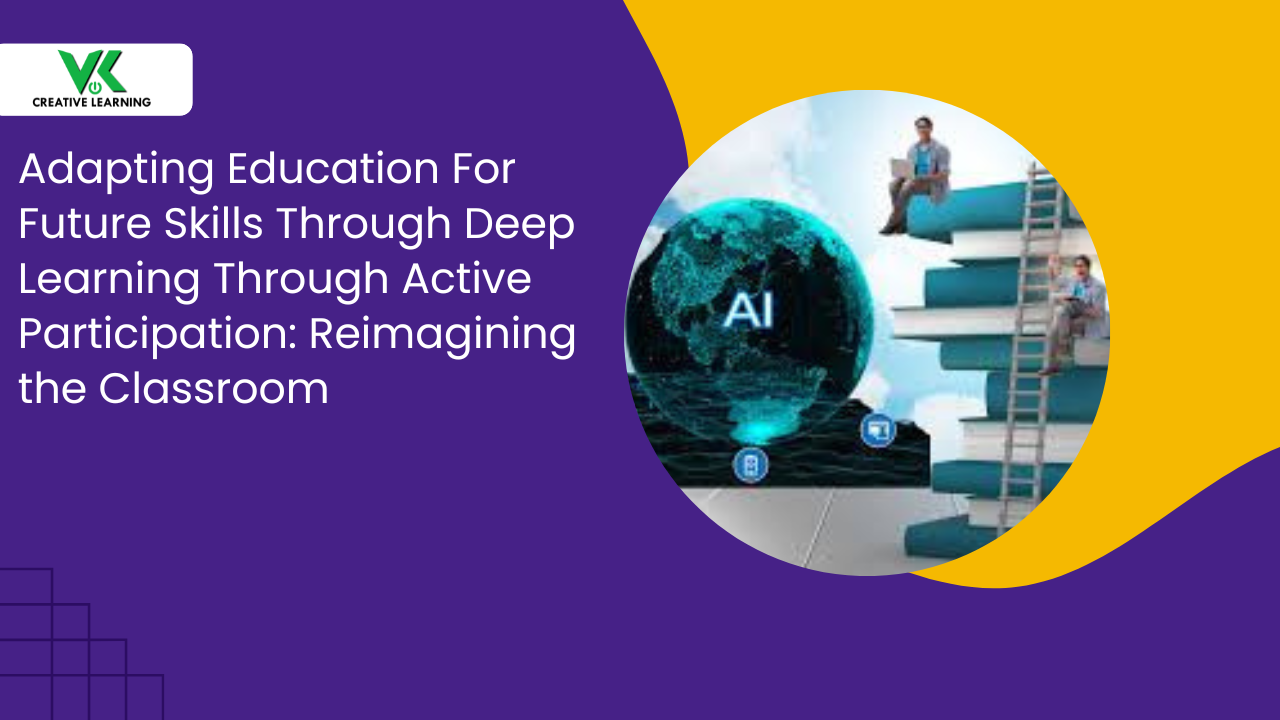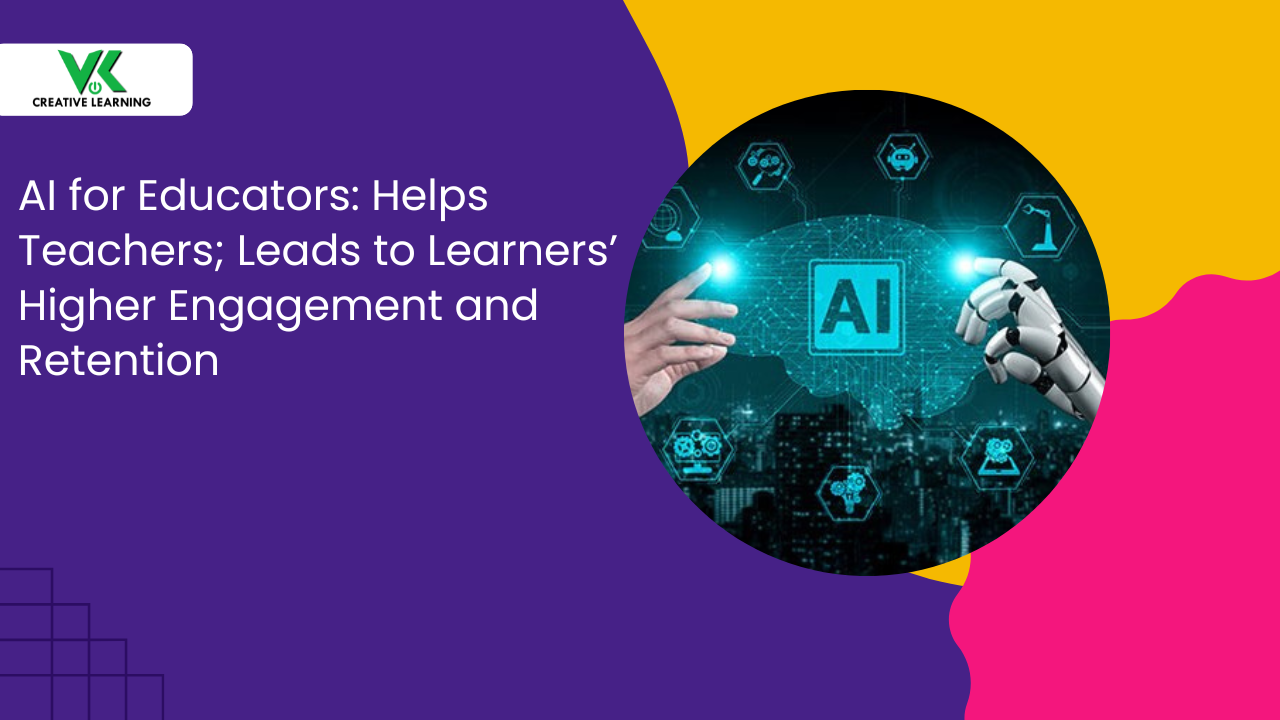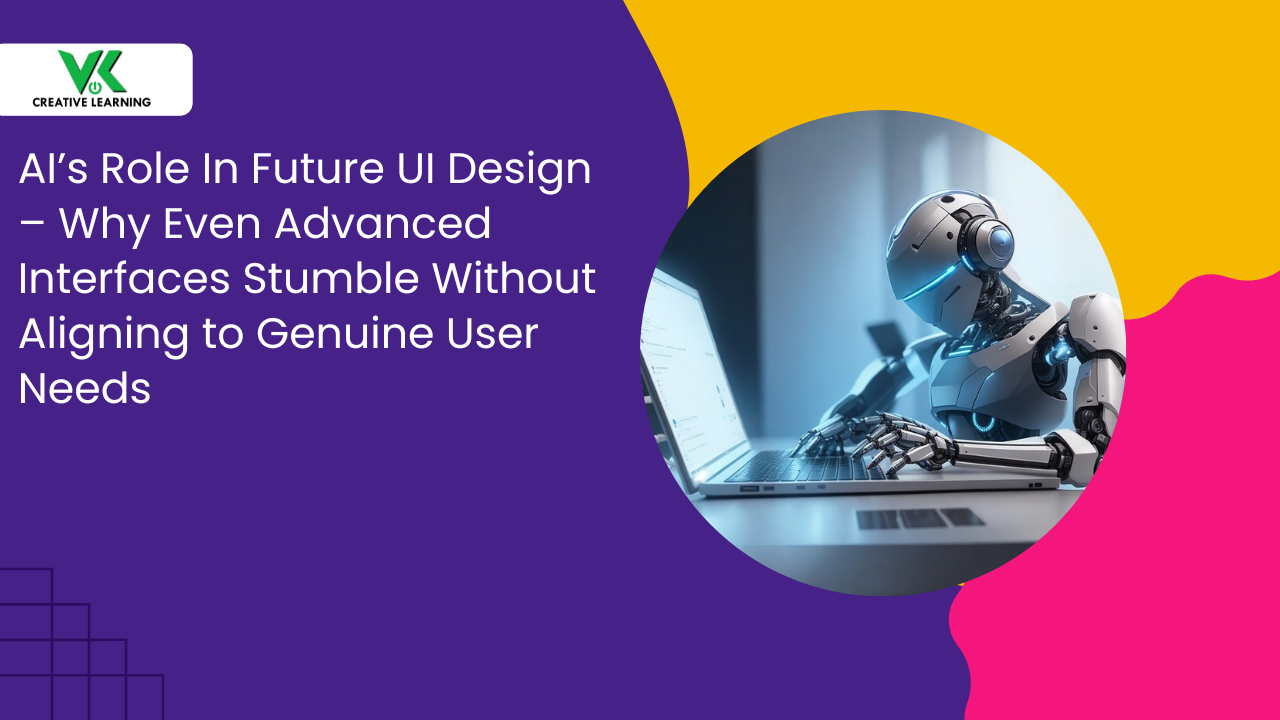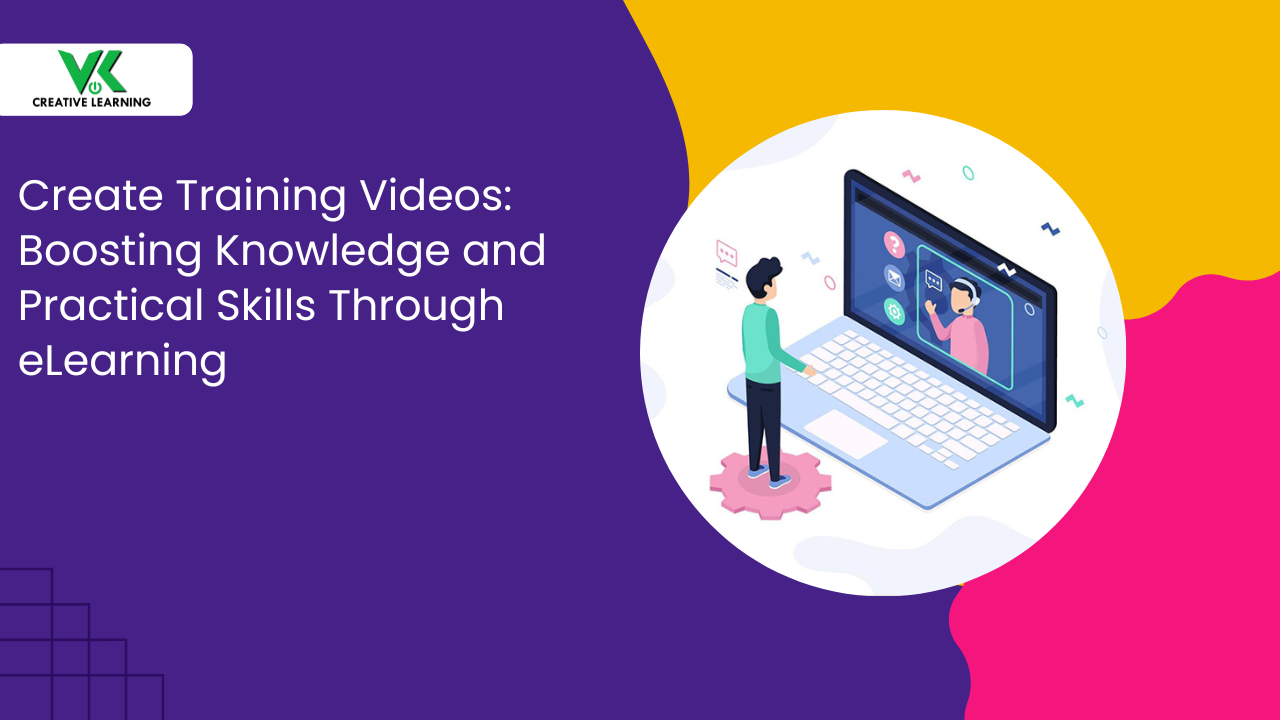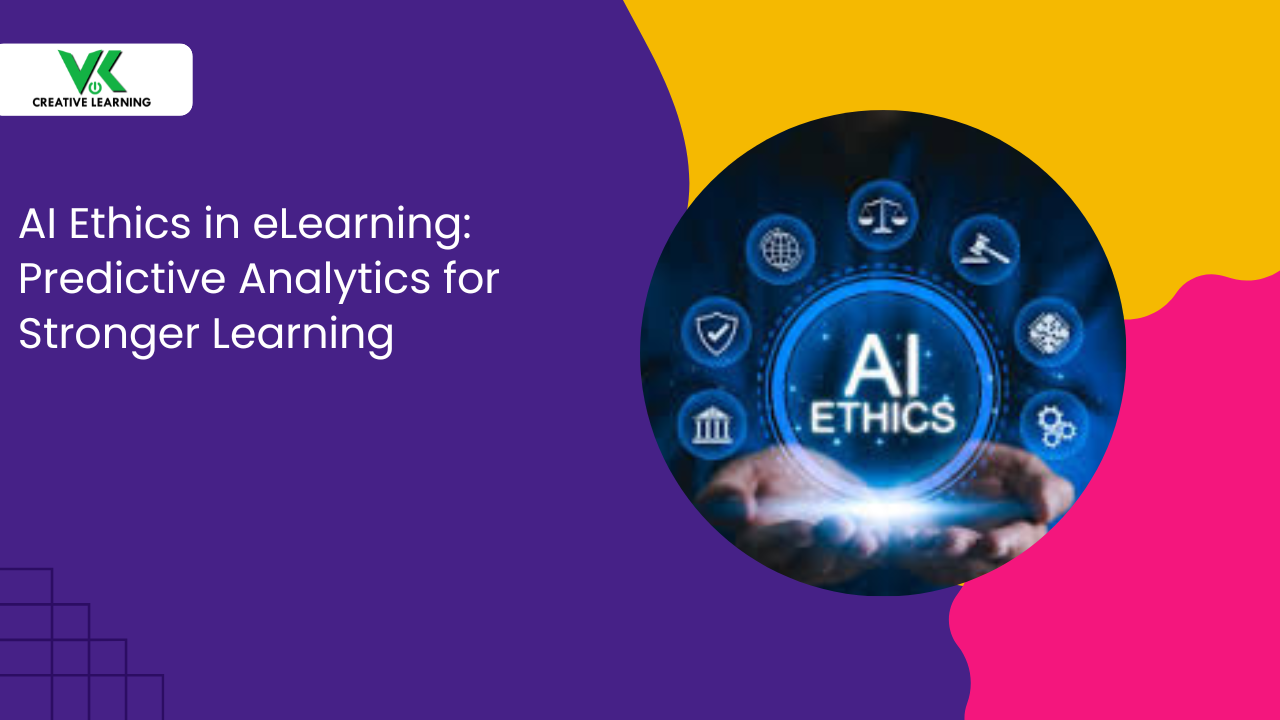Why Will Opting for E-Learning Courses Be the Right Choice for Firms and Education in 2025?
February 20, 2025
Education is undergoing fast change; it’s almost like rewriting the rulebook. Hence, it is estimated that in 2025, e-learning will no longer be an option -- but a necessity. Many may wonder why will it become a must-have tool!
This big shift will happen primarily due to the introduction of new technologies (AI tools, virtual classrooms, smart devices). Moreover, flexibility and accessibility will take an important place to cater to unique learners' demands.
Thus, the evolving needs of schools and industries along with tuning into trends will be inevitable. Moreover, outdated methods (chalkboards, long commutes, bulky textbooks) will take a backseat.
Table of Contents:
Why E-Learning Learning is the Future
What are E-Learning Courses for Education and Training – A Detailed Look
1. Corporate Training: Elevating Employee Skills
2. Academic Teaching
So, what’s the big deal about eLearning courses?
The Heart of E-Learning Course
Examples of Usage of E-Learning Learning in Different Sectors
1. Schools -- Easy and Fun Learning
2. Corporate World -- Stressless Training
3. Automobile -- Designing and Fixing Vehicles Virtually
4. Pharmaceutical -- Learning Life-Saving Skills
5. Healthcare _ Stress-free Practice
6. Engineering -- Building Skills Safely
Why E-Learning Learning is the Future
The shift to e-learning learning (adapting to, diving into, shifting toward) is powered by the need for tailored solutions (customized software, student-specific content, adaptive tools. This includes personalized attention to understanding knowledge absorbing style. In addition to this, multiple approaches of teaching and creative teaching are apt for the learners.
People are stepping away from rigid old-fashioned classroom systems that consume a lot of time. Today, students and employees want the freedom to learn when they want and should be able to learn lessons from anywhere -- home, a café, or even on a vacation spot.
For instance, a marketing manager might complete leadership training online during their lunch break. On the other hand, a 10th-grade student should be able to learn physics by exploring fun, animated simulations.
This would be possible by approaching the best eLearning content development companies. The e-learning providers will incorporate virtual labs, gamified courses, and interactive videos -- all based on physics topics in e-learning courses.
These measures and the inclusion of multiple learning elements simplify complicated topics and provide experiential learning -- breaking hard ideas into chunks.
We shall understand more about e-learning courses and the kind of flexibility and simplification eLearning content development companies can provide in the subsequent sections.
What are E-Learning Courses for Education and Training – A Detailed Look
E-learning courses are created keeping certain parameters in consideration. One of them is to meet specific learning needs and objectives (corporate skills, academic topics, personal development).
Importantly, these virtual programs make use of interfaces that can be handled by users without much problem. Furthermore, modernized real-time communication tools (e.g., instant chat platforms, shared whiteboards, video conferencing) are thoughtfully integrated!
Furthermore, the inclusion of multiple multimedia elements eases the knowledge-gaining process.
Above all, learners get to explore new skills without having to rely on memorization methods (rote learning, drill exercises, tedious repetition).
Corporate Training: Elevating Employee Skills
In the business world, e-learning learning primary focus lies on job-related skill improvements in multiple ways. One of the best examples of the same would be: employees getting familiarized with compliance, sales, or leadership. This would include workplace ethics -- the rights and wrongs; knowing different revenue strategies, and management of teams.
These e-learning learnings are based on experiential learning and real-world instances. Examples: general practical workplace issues, customer interactions -- smart and efficient techniques and decision-making scenarios during tough times.
These factors make topics highly relatable to the learners, followed by their application in real life.
Academic Teaching
K-12 e-learning is based on supporting academic lessons by simplifying topics. Examples include topics in math (complex algebra and geometry), history (ancient civilizations), and science (physics and biology basics).
Importantly, the e-learning-based programs smartly mix conventional teaching books, notes, and guide ideas with modern features.
Elaborately put, lecture videos are explained with more examples and 3D explainer video animations. These measures not only help to bridge the gap between boring old textbooks but also help turn appealing for readers.
So, what’s the big deal about eLearning courses?
Here’s the best aspect -- eLearning courses are loaded with different types of interesting features (interactive tools, advanced learning methods, AI-powered personalization). This makes learning more fun than ever for learners!
For example, the use of gamification turns dull lessons or even topics into a competition (scoreboards, challenges, rewards). Importantly, quizzes aren’t just normal tests -- reason: they give instant feedback to learners. These are in the form of scorecards, hints, and mistake corrections that would aid in the growth of the students.
Importantly, the incorporation of scenario-based learning or experiential learning by eLearning content development companies changes the equation completely. This is because these new aspects push learners to apply what they’ve learned to real life -- turns more like solving puzzles in a game!
Other than these, visual tools in e-learning courses like graphs, charts, and videos (infographics, animated tutorials, explainer videos) ensure that hard-to-understand concepts are simplified and render better clarity. The result: both students and employees stay engaged, learn faster, and remember topics for a longer time -- a win-win situation!
The Heart of E-Learning Course
E-learning learning focuses on blending the features of the latest tech with conventional teaching/training. This is brought to life by incorporating digital innovation into usual classroom methodologies; a mix of both ensures lifelong learning for learners.
Moreover, the virtual courses offer flexible, learning by experience (personalized content, interactive modules).
When it comes to teachers and trainers, e-learning doesn't just remain as a tool -- it’s a game-changer, as it completely transforms knowledge sharing and its accessibility.
Hence without any doubt, e-learning learning is a modernized way of rendering knowledge. And, interestingly, this turns on curiosity mode among learners.
Examples of Usage of E-Learning Learning in Different Sectors
E-learning has branched out and caught on with almost every industry as the need for upskilling has arisen. Its features such as easy-to-use, quick-to-learn, and always-available aspects make it perfect for both teaching students and training employees. Let’s understand how different areas would make the incorporation of e-learning for learning better.
Schools -- Easy and Fun Learning
In schools, e-learning learning; especially, a K-12-based curriculum can be enhanced by the addition of smart interactive videos, multiple types of quizzes, and games.
The best eLearning content development companies can be contacted, and firms can hand over the requirements to them for customization purposes.
For example, with the use of 3D simulations, students can explore various concepts of chemistry, physics, or astronomy -- exploration and learning both happen.
This turns complex and convoluted topics into colorful playgrounds; more of understandable content to learn and retain. Similarly, teachers can keep up with new topics to be taught without getting stuck in a classroom all day.
Corporate World -- Stressless Training
In the corporate world, e-learning courses aided by experiential learning can turn into a useful capability for employees or new joiners. A sales executive can brush up on and nail down several kinds of negotiation skills or customer-handling tricks before managing a big deal. This would help to reduce firms' cost and save time and learning becomes stress-free.
Automobile -- Designing and Fixing Vehicles Virtually
The automobile industry can rev up training with e-learning-based learning! Mechanics can learn from step-by-step video tutorials (gearboxes, hybrid engines, electrical systems), and turn pros at modern engine repairs.
This method cuts down on mistakes, as employees can brush up on knowledge and even learn something new. Meanwhile, tough concepts like fuel injection systems or powertrain calibration have simple explanations for better understanding.
Pharmaceutical -- Learning Life-Saving Skills
The pharmaceutical sector can make use of e-learning to upskill employees in multiple ways! Animated explainer videos (drug interactions, gene therapy, dosage calculations) make complex drug protocols highly easy to grasp.
Furthermore, 2D animated videos can break down and simplify hard-to-understand medical concepts -- dealing with jargon becomes easy. This ensures all departments get acquainted with the required knowledge.
Above all, these measures not only ensure zero room for confusion but also for mistakes. This way thorough and reliable knowledge is imparted.
Healthcare _ Stress-free Practice
Healthcare employees can use of e-learning platforms to practice surgeries -- courtesy of virtual simulations. This turns out to be not only hands-on but at the same time, a risk-free approach too. Through experiential learning, doctors and nurses get a chance to work through tricky procedures -- no worries about real patients.
Engineering -- Building Skills Safely
In engineering, e-learning learning can work wonders as workers will learn how to operate machines through interactive modules, safety tutorials, and equipment guides. This reduces the likeliness of accidents (minor errors, sudden crashes, careless oversights), and makes learning faster, safer, and more reliable. The workforce can pick up new skills and become familiar with the required knowledge without stepping into risky situations.
Thus, for engineers, e-learning is like a Swiss Army knife for upskilling as they learn from experience and working on equipment.
Importantly, the platform can be used by employees in any corner of the world and thus, learning becomes easier for them! Whether it’s saving time, boosting skills, or making learning fun, engineering e-learning courses stand tall -- a testament to innovation and progress!
Conclusion
E-learning is for sure going to revolutionize both education and training for 2025 and beyond. The distinguishing aspect about e-learning learning is that offers accessibility, flexibility, and personalized experiences for all learners.
